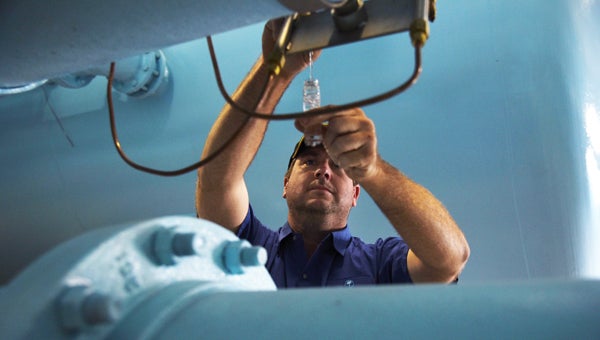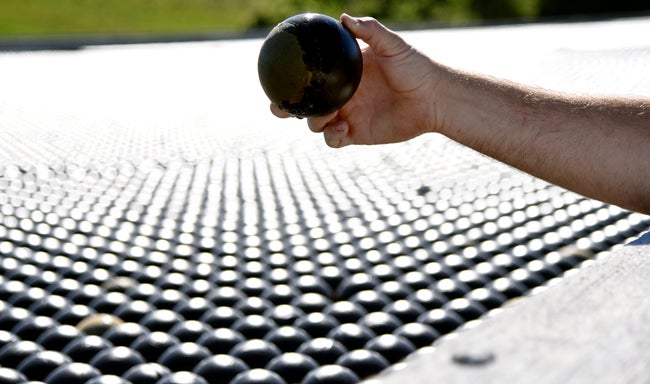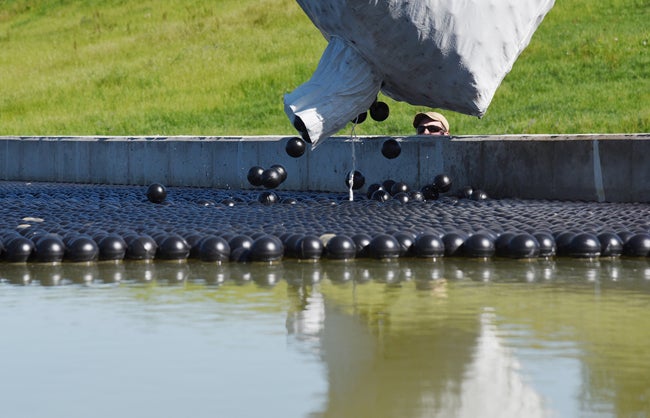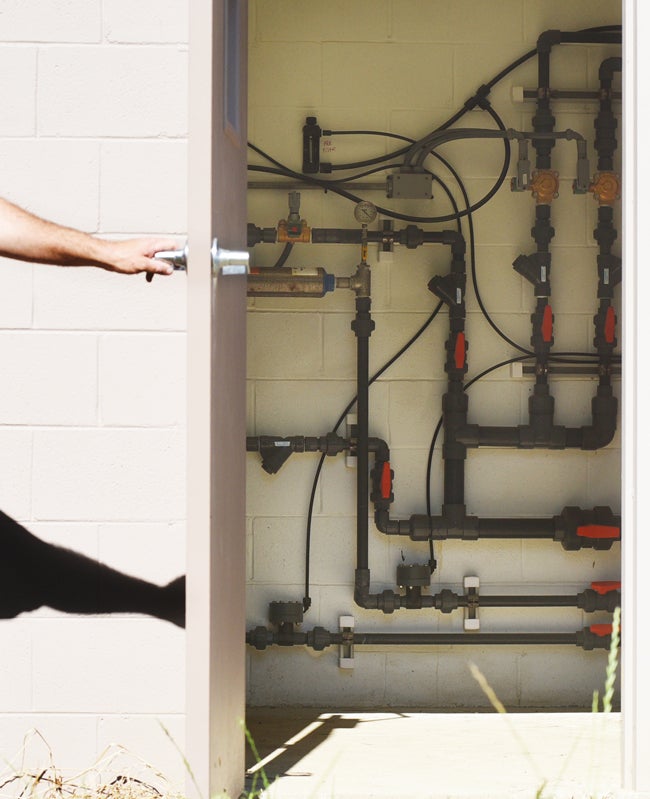Ferriday water treatment plant finally online
Published 12:00 am Friday, May 6, 2016
FERRIDAY — Ferriday town leaders hope the flip of a switch Monday leads to the free-flowing confidence pouring from the faucets of residents.
After approximately 20 years of trying to get a new water treatment facility for Ferriday, ‘finally’ was the sentiment echoed by the project engineer and plant operators.
“We are glad we have finally made it this far,” said engineer Keith Capdepon Jr., with Bryant Hammett and Associates. “We are hoping that things will rock along good for years and years to come.”
Ferriday hosted a ribbon cutting of the treatment plant back in February at Haney’s Big House due to inclement weather. Since that time, Capdepon said operators have been tying up loose ends.
“We have just been trying to get things tweaked,” he said. “We finally felt comfortable bringing it online this past Monday.”
Courtney Cockerham, a water operator, said it would be a couple of months before the system was perfected. But once the process is streamlined, he expected it’d taste comparable to Dasani.
“People don’t realize it, but Dasani is just treated groundwater out of Baton Rouge,” he said.
Plant manager Mike McGuffy said the area’s groundwater is very hard and iron heavy, so the plant would be running tests to optimize the treatment.
“I’ve been drinking it, and it tastes pretty good to me,” he said. “But we want what we send to the Town of Ferriday to be the very best.”
Reports of brown water showing up in the town should clear in the coming months, McGuffy said.
“What’s happening is the newer, cleaner water is cleaning the old water pipes up in town,” he said. “We have been flushing it every day to try to keep it cleaned out.”
The $6.9 million USDA-funded plant treats groundwater instead of surface water, and McGuffy said that’s key.
Surface water treatment varied substantially depending on aspects including temperature and rain. On the other hand, the 140-foot deep ground water will be more consistent, allowing operators to automate the process through a computer system.
Compared to the old plant, which was built in the 1980s and had additional patchwork done in the decades to come, the new system will run much smoother.
“We made decent water with the old system, but you really had to stay on top of it,” McGuffy said. “You had to flush the filters constantly because you were contending with stuff coming out of the river.
“With the new system, you only flush the filters every three to four days. It’s really going to make for better quality water.”










